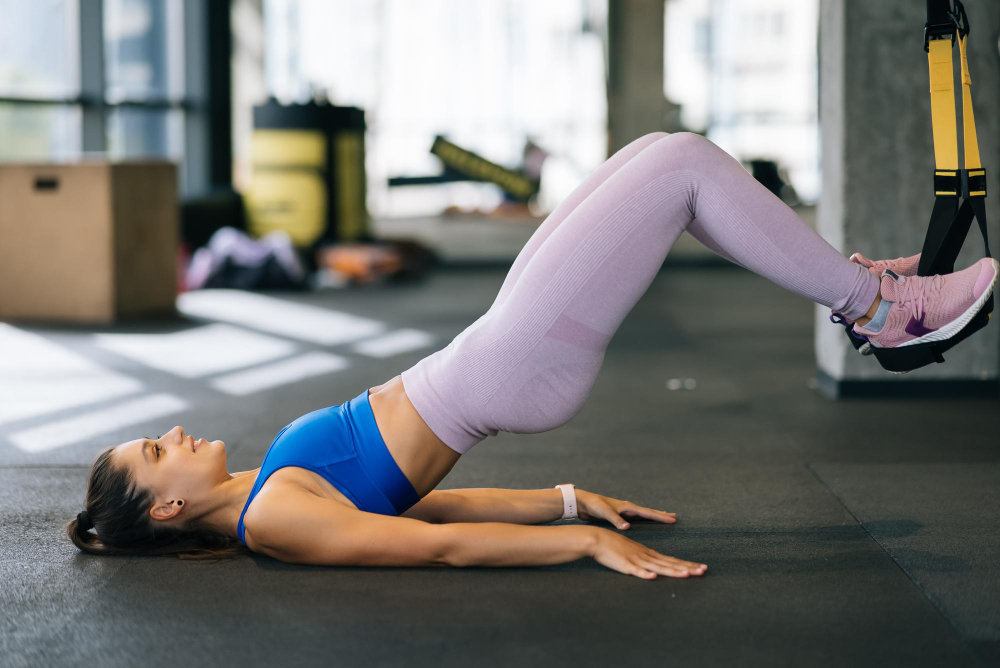Glute Bridge Exercise Progressions for Rotary Stability

When you think of exercise, you probably think of running or lifting weights. However, it's important to remember that exercise should encompass all parts of your body, including your core. The glute bridge exercise is a fantastic way to target your glutes and core muscles for improved overall stability. But did you know that the glute bridge can also help with rotary stability? In this blog post, we'll explore glute bridge exercise progressions and discuss how they can improve your rotary stability.
First and foremost, let's define what rotary stability is. Essentially, rotary stability refers to the ability to maintain an optimal position while twisting or turning your body. This is incredibly important for athletes and non-athletes alike, as it helps to prevent injury and improve overall balance and coordination. But how can the glute bridge exercise help with rotary stability?
One of the biggest benefits of the glute bridge is the activation of your glutes and core muscles. These muscles work together to stabilize your hips, pelvis, and spine. By strengthening these muscles, you'll be better equipped to maintain proper alignment during movements that require rotation or twisting. To begin, start with a basic glute bridge. Lie on your back with your knees bent and feet flat on the ground. Lift your hips up towards the ceiling, squeezing your glutes at the top. Lower back down and repeat for several repetitions.
From here, you can progress to a single-leg glute bridge. This exercise helps to improve balance and stability on one leg, which translates to improved rotary stability overall. Start in the same position as the basic glute bridge, but extend one leg straight up towards the ceiling. Lift your hips up while keeping your extended leg straight, then lower back down and repeat on the opposite side.
Another great glute bridge progression for rotary stability is the marching glute bridge. Start in the basic glute bridge position, but lift one foot off the ground and bring your knee towards your chest. Lower back down and repeat on the opposite side. This exercise requires additional core stabilization and focuses on hip mobility, both of which are important for improved rotary stability.
You can also try adding a stability ball to your glute bridge exercise routine. By placing a stability ball under your feet, you'll engage additional stabilizers in your lower body and core. Start with the basic glute bridge position, but place your feet on top of the stability ball instead of the ground. Lift your hips up towards the ceiling, then lower back down and repeat for several repetitions.
Conclusion
The glute bridge exercise is a fantastic way to strengthen your glutes and core muscles for improved stability. By incorporating these progressions into your routine, you can improve your rotary stability and reduce the risk of injury during rotational movements. However, it's important to remember that proper form is key. As with any exercise, start with the basics and progress at your own pace. And if you need guidance or assistance, don't hesitate to contact a physical therapist in in Oviedo, FL, like B Physical Therapy, to help you safely incorporate these exercises into your routine.